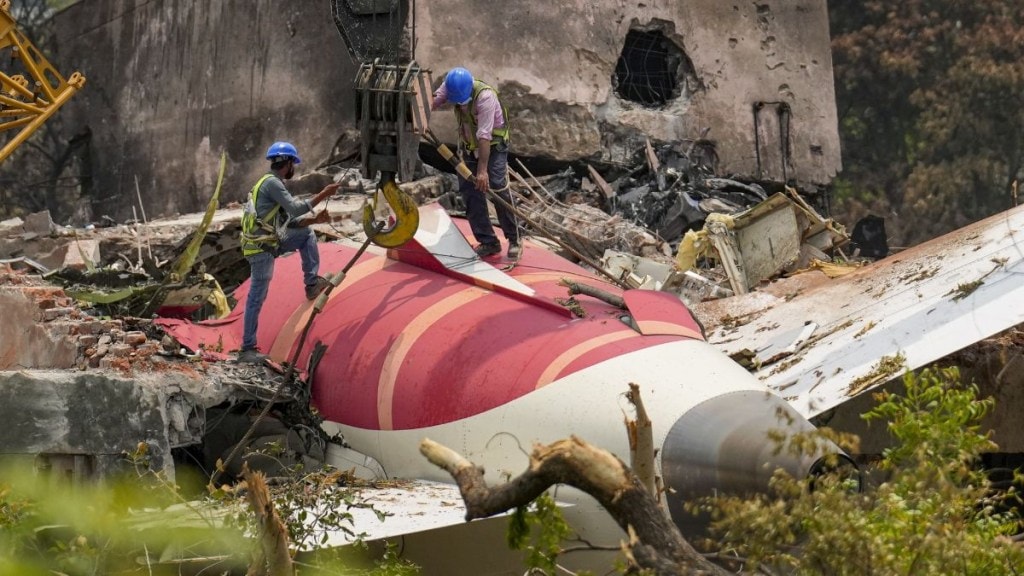India reported one of its deadliest aviation disasters earlier this year as an Air India flight plummetted to the ground mere minutes after taking off from Ahmedabad airport. The aircraft collided with a residential building before imploding into a deadly fireball — killing more than 160 people and leaving many others injured. A preliminary report by the Aircraft Accident Investigation Bureau had subsequently linked the crash to the fuel cutoff switches and cited a conversation between the two pilots. Newly emerging details however suggests that the Dreamliner may have been struggling with technical issues for multiple days before its fatal final flight.
According to a detailed investigation by The Federal, the Boeing jet had suffered a hard landing during its previous flight. This had led to the entire stabiliser motor trim being replaced mere hours before the Air India crash flight. Maintenance records obtained by the publication showed that both the stabiliser position transducer (sensor) and the horizontal stabiliser electric motor control unit (EMCU) were replaced on that day after the hard landing incident. And while replacement of faulty equipment would typically be a good thing, the issues went somewhat deeper here.
Three serious electrical faults in 48 hours
The investigation by The Federal noted that the stabiliser motor and related components also shared power and data paths with other critical systems on the Boeing 787 — including a fire inerter (nitrogen generation) system for fuel tank fire prevention. This is typically used to helps prevent fuel tank fires (such as the one seen during the crash) by preventing the buildup of flammable vapours. But engineers had taken the fire inerter offline two days before the crash — classifying it as a ‘high-risk active fault that needed to be fixed within 24 hours. It remained inoperative two days later as the Air India flight took off for what would be its final flight.
There was also also a separate medium risk core network issue that got flagged on June 9. Both the fire interter and the stabiliser trim motor share power and data with the digital-eletrical ‘core’ system on Boeing 787 aircraft. This network manages most onboard systems and even manages signals for the engine computers. A malfunction can therefore affect the full authority digital engine control to command thrust and fuel cutoff.
What did the AAIB report say?
The preliminary report released by AAIB noted in mid-July that both engine fuel control switches of the aircraft had transitioned from ‘RUN’ to ‘CUTOFF’ position one after another with a time gap of 01 seconds and turned off within seconds of lift off — resulting in the devastating air tragedy. They were later switched back on but the deceleration in one of the engines could not be stopped.
According to the initial probe report, one of the pilots can be heard on the cockpit voice recorder asking the other why he switched off the fuel supply to engines, to which the other pilot responded by saying that he did not.

